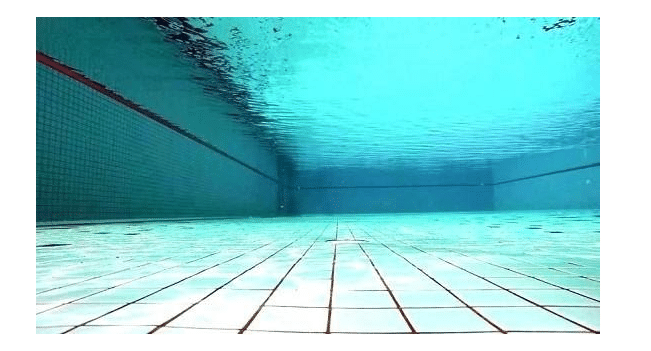Table of Contents
For you who own a swimming pool, you must’ve been familiar enough with the use of chlorine. Basically, chlorine works to sanitize your pool water so it can be free from harmful bacteria and also prevent the growth of algae.
There are some types of chlorine that are fabricated in the form of granules, liquid, and tablets. It actually offers the same benefits and it depends on you to choose the one that is most convenient for you.
However, the use of chlorine can harm your skin, eyes, linen, and the pool itself if you don’t use it in the proper amount. You may experience itchy skin, burning eyes, and dry hair if you swim in the pool with high chlorine levels. If the level of chlorine is higher than the recommendation, you have to lower the range as soon as possible in order to make the pool enjoyable for everyone.
Luckily, you can lower the level of chlorine all by yourself by using easily-available materials. It’s a very easy pool maintenance that you can do without costing you a lot.
(You may also like: how to lower alkalinity in pool)
For you who are looking for ways on how to lower chlorine in pool, below we share a simple tutorial which is so easy to follow.
How to Lower Chlorine in Pool – Simple Tutorial
There are two common factors that cause the high level of chlorine of the pool water; you add too much pool shock and you put too many chlorine tablets to the pool feeder. You have to correct the case as soon as possible by following these steps.
Test the Chlorine Level
The ideal level of chlorine for a typical house pool is around 1 to 3 ppm, if the level is higher then you need to lower it. There are several methods that you can do to test the chlorine level of the pool water. Find out more option at divesanddollar.com
Prepare this tool:
- DPD chlorine test kit
Follow these steps:
- Add a small amount of the pool water to the tube.
- Add DPD reagent to the water sample, wait until the water turns pink.
- Add one drop of FAS compound, wait until the water turns back to clear.
Stop Adding Chlorine
When you have found that the chlorine level is higher than the recommended range, the very first step is obviously to stop adding more chlorine.
- Turn off the chlorine feeder or remove the floater.
- This method can reduce the level of chlorine and makes it get used to the environment of the pool water.
Exposed the Pool Water to Sunlight
During the process of reducing the amount of chlorine, you can benefit the mother nature for this process. If the day is sunny enough, you can use the natural approach to lower the chlorine level of your pool. Letting the UV light to expose your pool can help to break down chlorine naturally.
- Remove the pool cover, you may need to cut some branches of trees if you plant some around the pool.
- Wait until a couple of hours, make sure whether the level of the chlorine is lower or not.
Heat Up the Pool
you can use it to perfect the process. The warm temperature will increase the bacteria of the water which needs more amount of chlorine.
- Heat up the pool up to around 90 degrees F.
- Keep monitoring the chlorine level during this process.
Use Hydrogen Peroxide
When hydrogen peroxide reacts with chlorine, it can produce oxygen which can lower the level of chlorine itself. Keep in mind to use the hydrogen peroxide which is specifically formulated for swimming pools.
- Check if the pH level of your pool water is above 7.0, if so, you can use the hydrogen peroxide.
- If the effervescent bubble appears in the pool, it’s the sign that the chemical work.
Use Chlorine Neutralizer
that you can use is chlorine neutralizer. It works to lower the chlorine level.
- Gradually add the chlorine neutralizing product to the pool.
- Do not add too much chemical at one time since it may unstable the chlorine level.
So now, you can solve the problem of high chlorine level all by yourself by following the tutorial above!
